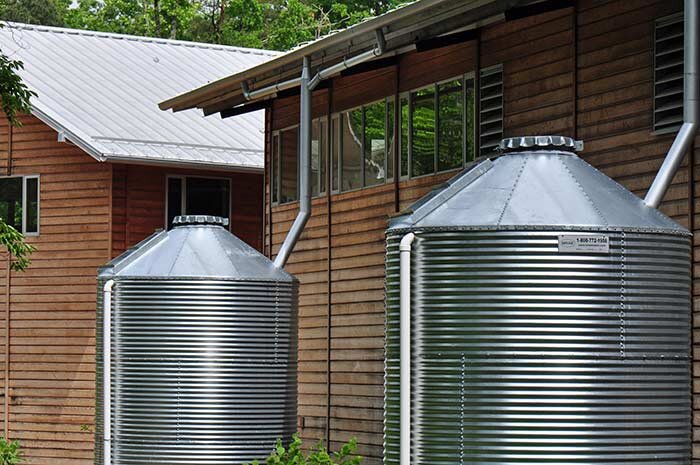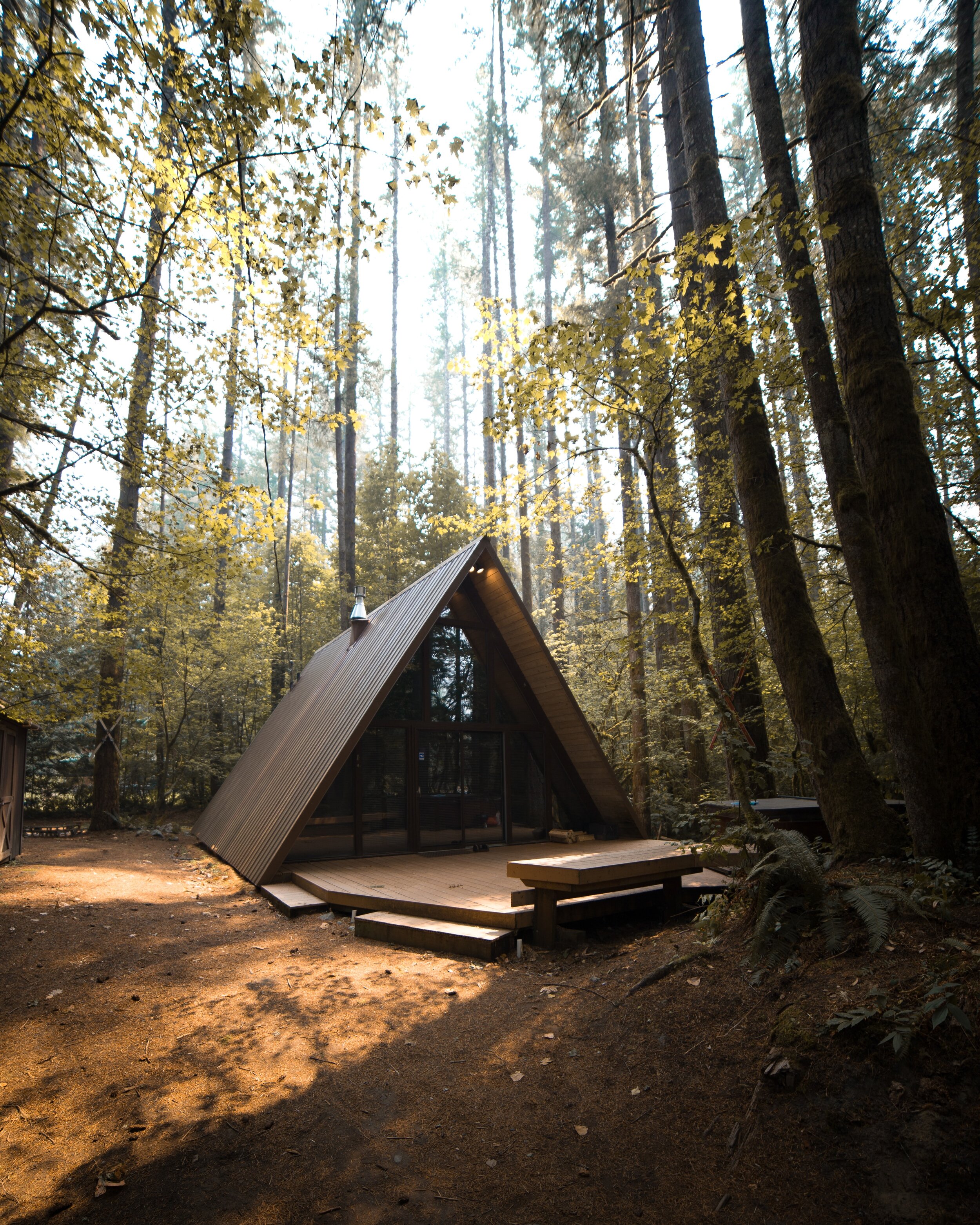Costilla County Resources
(FAQs, Climate, County Regulations, & Recreation)
Here are some resources specific to living and vacationing within Costilla County, Colorado. Each section gives you specific rules & regulations from the county, resources relating to water, power, and septic as well as climate and recreational activities in the area. We love to help you start your journey toward off-grid living and enjoying the beauty that Costilla County offers.
Costilla, CO Climate
Check out this page for what you can expect for approximate rainfall, snowfall, temperatures, & wind speed for this county.
Costilla, CO Off-Grid WAter
Her are some resources for developing your off-grid water system for your homestead in Costilla County, Colorado.
Costilla, CO Recreation
There are countless fun activities and adventures right near all of our properties in Costilla County, Colorado including BLM land and National Parks.
Costilla, CO Off-grid Power
Costilla County is an excellent location for solar power or wind power. Read more about the the county’s regulations and tips for off-grid power here.
Costilla County Location
Located in central Southern Colorado near the border of New Mexico.
From an Off-Grid Costilla County resident:
“We moved to the San Luis Valley in July 2009. We are on the South side of the San Luis Valley Ranches off Hwy 160. Yes, our 10 acres is flat as a pancake, but has not only sagebrush, but wild prairie grasses and cacti that bloom in the Spring. The wind DOES blow across the open desert prairie, but that is great for off-gridders like us, who depend on wind power for electricity. We have AMAZING views of Mt. Blanca, the Sangre de Cristo's as well as other mountain ranges. The stars at night, at 7,500 foot elevation are unlike I have ever seen. Between the towns of Blanca and Ft. Garland (sister towns about 5 miles apart), there are multiple restaurants, 2 hotels, several campgrounds, full grocery store, laundry mat, liquor/convenience stores, gas stations, mini-storage, arts/antiques stores, and even a Wild West show! Yes, they are sleeping, small towns, but as mentioned before, the residents, both locally born and transplants from other areas, are wonderful people. I serve on multiple committees including the annual Music Fest (Fort Garland Band Jam) and the Fort Garland Revitalization Committee. We have a wonderful Community Center that offers a library, meeting rooms, commercial grade kitchen facilities, Olympic swimming pool, sauna, hot tub, free internet, work out room, billards room, and full court basketball court - all for a whopping $25 per person PER YEAR if you are a resident to the area. Larger towns and cities offer the usual Starbucks, Walmart, movie theatres, etc. and if you want big city lights and the amenities of a metro area, Denver is just a few hours drive and offers as much as Chicago, NY and LA. Outdoor activities abound both in and out of the SLV, along with really cool towns such as Creed, South Fork, etc to the West. In our area, yes, the land is CHEAP and the taxes are LOW, making it an affordable place to live. Jobs are available, but at the wages you'd expect in a very rural area ranging from minimum wage to $10 for potato/farm work and up for skilled trades. Originally we lived 90 miles NW of Chicago, so I find the wages about the same as what they were in the Midwest in small towns. Being 100% off grid, we were able to set up our ENTIRE infrastructure for about $10K which includes 3 48V wind generators, 24 deep cycle, sealed cell batteries, septic, well and a 500W solar system. Comparatively, our MONTHLY energy costs for an 1100 sq foot house in NJ was $350-400 per MONTH, so being self-sufficient in CO, we will have paid for our "normal" energy costs within 2 years and then everything is completely free + any maint/repairs needed over the life of our systems. WINTER - Being Midwesterners transplanted to the East Coast, we find the winters to be quite tolerable as there is NO HUMIDITY. There are high winds, light snow, and so far, the worst wind chill we have experienced is -15, but NO HUMIDITY, so, it is a completely different type of cold and not really that bad. (FYI, we live in an older mobile home, so we don't have much in the way of insulation, and still find it easy and affordable to heat). SUMMER - GREAT summer weather, not much rain, average high temp in the high 80's to low 90's and NO HUMIDITY. High desert country is the best way to describe the climate, very much like Reno or Winnemucca, NV. It is not a lush, green climate, but the local vegetation is sage brush, trees, desert prairie grasses and low growing cacti and Spanish swords. Like any area, there is crime, but ours is comparitively low, mainly domestic violence and petty theft. If anyone thinks they can have a house full of possessions left unoccupied for months or years at a time and not expect some kind of property damage, really is not being realistic, regardless of where in the U.S. you live. If you are going to be a part-timer in the SLV, get to know your neighbors. We are the kind of folks who will happily drive by to check on your place from time to time. We love living in the SLV. It is gorgeous, plenty of activities and affordable. There are many many assets to living in the area.”









